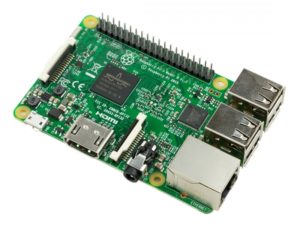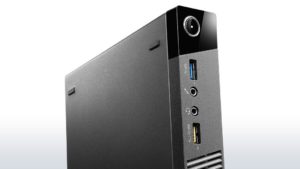Most orders for IN STOCK items placed by 12PM CST M-F ship SAME DAY. Orders for custom items and prints may take additional time to process.
We get a lot of questions through our comments, feedback pages, and emails every single day. One of those questions is “Should I pick a PC or a Rasbperry Pi for my arcade build?” It’s really not surprising that the PC vs
There are actually good reasons to pick a PC over a RPi2/3 build, but we have to be honest here. It’s not very often. Let’s dive in!
Before making a decision on any platform, one should seek to understand their use case. It’s also helpful to look to the future to understand what you might want to do down the road and plan for that as best as possible.
Is your primary goal to play emulated 8-bit arcade games from the 1970’s? Or is it to play emulated console games from 1990’s? Those are entirely two different beasts! Some will likely say something along the lines of “Well, if you’re playing console games from the 1990’s, why are you putting it in an arcade cabinet?” Come on! This is a silly question! Today’s modern emulated arcade cabinets can play games from the 1970’s all the way to today’s modern games like Call of Duty and Halo! There’s really nothing that is off the table. It’s even quite common for arcades of today to have HDMI switchers with actual full XBOX One and PlayStation 4 systems packed inside, right next to a
With that out of the way let’s take our first look at the different pros and cons of PC vs
There are quite a few pros and cons to using a
 PROs of using a
PROs of using a  PROs of using a PC in an Arcade:
PROs of using a PC in an Arcade:RELATED: Fun Raspberry Pi Projects
Every arcade is different, and every build is unique. Requirements vary from gamer to gamer. When you face the PC vs
Take some time and look at what games you really want to play. For most this is going to be the deciding factor. Good luck on your build!
If you like our content maybe consider upgrading to Premium. You’ll get access to
2 Responses
5
0.5